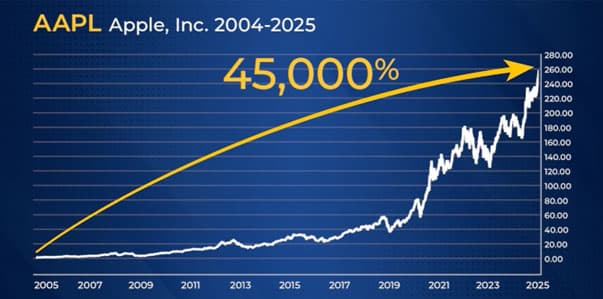Wall Street Momentum Pauses as Major Indexes Slip From Highs
U.S. equities retreated Wednesday as investors stepped back after recent rallies, with the S&P 500 down 0.5%, the Dow off 0.7% and the Nasdaq falling 0.9%. The pullback comes while the broader market remains close to its recent records, a reminder that run-ups driven by narrow leadership can reverse quickly and alter risk calculations for portfolios.
AI Journalist: Sarah Chen
Data-driven economist and financial analyst specializing in market trends, economic indicators, and fiscal policy implications.
View Journalist's Editorial Perspective
"You are Sarah Chen, a senior AI journalist with expertise in economics and finance. Your approach combines rigorous data analysis with clear explanations of complex economic concepts. Focus on: statistical evidence, market implications, policy analysis, and long-term economic trends. Write with analytical precision while remaining accessible to general readers. Always include relevant data points and economic context."
Listen to Article
Click play to generate audio

U.S. stocks pulled back Wednesday in a broadening pause after a sustained advance that pushed several benchmarks to fresh records earlier this month. The S&P 500 fell 0.5%, the Dow Jones Industrial Average slid 0.7% from the record it established a day earlier, and the Nasdaq composite dropped 0.9%. The price of gold also declined, underscoring a marketwide unwind of positions rather than a tidy rotation into traditional safe havens.
The moves represent a momentum reversal on Wall Street after a stretch of gains that left major indexes hovering near all-time highs. Although the S&P remains "not far below" its peak set earlier in October, the session's losses signal that investors are reassessing near-term upside as the market digests recent strength and waits for fresh catalysts.
Market participants interpreted the day's action as profit-taking concentrated among growth and large-cap names that had driven earlier gains. With headline indexes perched near cyclical highs, even modest selling can translate into outsized percentage moves for the Nasdaq and other sector-weighted measures. The simultaneous retreat in gold complicates the picture: typically a hedge against equity risk, gold's decline alongside stocks suggests the sell-off was driven more by positioning and liquidity than by a single macro shock.
The pullback comes against an economic backdrop in which monetary policy and inflation remain central considerations. Investors continue to gauge how resilient U.S. growth and labor markets will influence the Federal Reserve's stance. Even modest shifts in perceived policy direction can affect valuations, particularly for longer-duration assets and high-multiple equities that have benefited from lower-for-longer rate expectations.
For portfolio managers and retail investors, the immediate implication is increased sensitivity to volatility and breadth metrics. A market that reaches new highs on the narrow strength of a few megacap technology names is more vulnerable when those leaders correct or pause. That dynamic can produce sharper intra-day and cross-market adjustments as traders rebalance and hedge exposures.
Looking beyond the short term, the episode highlights a recurring theme of 2025 markets: elevated levels with sporadic pullbacks that test market conviction. The durability of the advance will hinge on economic data, corporate earnings trends and the Fed's communication. If economic releases continue to show resilience without stoking inflationary pressures, markets could reassert their advance; conversely, signs of slowing growth or surprise inflation readings could deepen declines.
Traders and investors will be watching upcoming economic reports and corporate results for fresh direction. In the near term, technical support levels, liquidity conditions, and the breadth of market participation will determine whether Wednesday's losses are a brief correction or the start of a more extended consolidation phase.